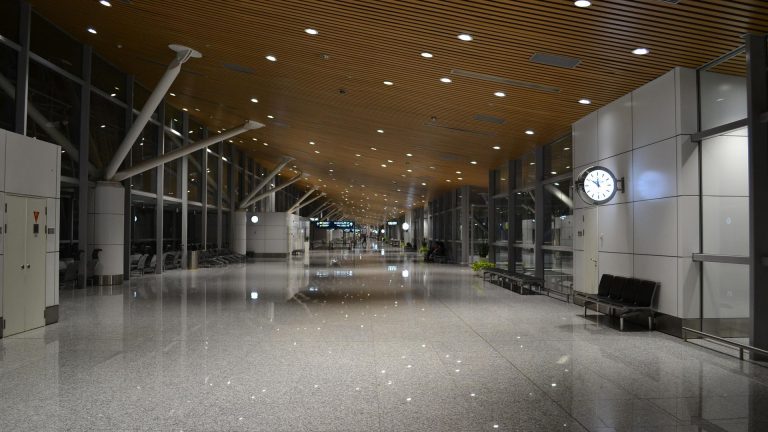
Scientists may have found a way to eliminate the need for aircraft de-icing — by preventing moisture from adhering to surfaces in the first place.
A team of researchers from China and Israel recently unveiled their findings about how water droplets react upon contact with surfaces. The results are published in Applied Physics Letters and have quickly become discussed by materials manufacturers such as AZoM.
The Breakthrough that May Stop De-Icing
Picture a raindrop falling on a flat surface: the droplet flattens out momentarily, then retracts into more of a spherical shape.
The study looked into the details of how long water droplets remain flattened against a surface before retracting. The faster the water retracts, the less likely it is to stick — and freeze into ice.
While you might imagine that water sticks less to metal than organic materials, scientists point out that lotus leaves are the “gold standard” for repelling water due to an air cushion effect.
If the same effect can be produced on surface materials used for aircraft, we might see de-icing become a thing of the past.
Aircraft materials made from cutting-edge materials may be more hydrophobic than ever. Without de-icing, or with less frequent de-icing, how much more efficient would your aircraft maintenance be?
Great innovations are leading to easier operations and more efficient solutions for the aircraft industry. Our Lindbergh small aircraft tugs are already helping many operators enjoy simple towing and maneuvering on the ground. Small aircraft tugs make it easier to move equipment in snow and sleet and other tough conditions.
Contact us at DJProducts.com for more info about Lindbergh small aircraft tugs.


